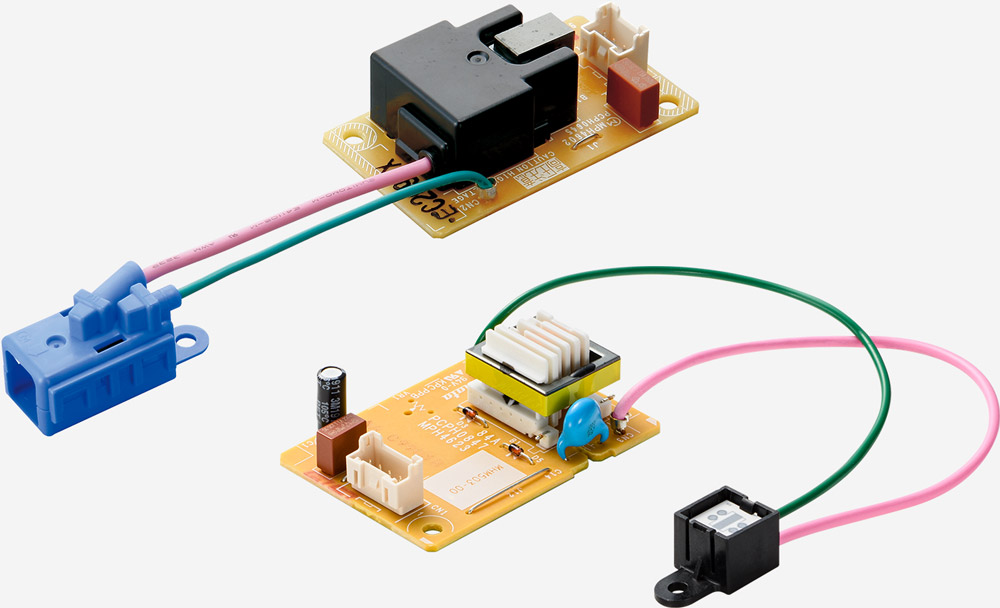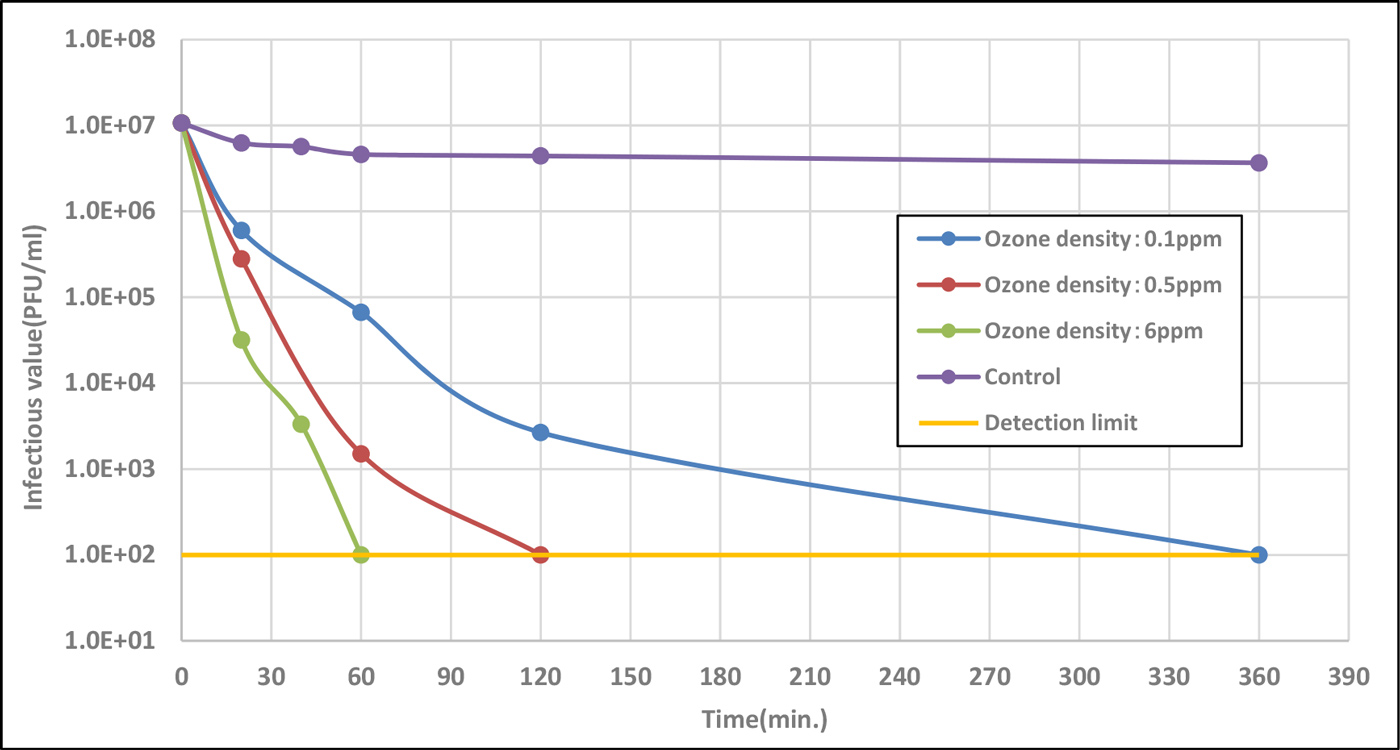Combatting COVID-19 through ozone generation
It seemed as if the COVID-19 pandemic was all we talked about in 2020 and 2021 and indeed, it still dominates our lives and the media in 2021. SARS-CoV-2 is the respiratory virus that causes people to contract COVID-19. This virus is spread through people coming into contact with surfaces and objects contaminated with SARS-CoV-2 or through airborne propagation. However, Ozone (O3) has the ability to make SARS-CoV-2 inactive which would greatly reduce the potency of the virus.
Ozone has the intrinsic ability to inactivate many viruses through the oxidizing properties it possesses. Since the start of the pandemic, several academic studies have looked at whether it could be used to suppress COVID-19. The use of OH-ions was also researched as a different method for inactivating SARS-CoV-2 but analysis indicated that it only has a limited effectiveness as the ions are relatively unstable with a short lifespan. Ozone, with its more prolonged lifespan, was determined to be the preferred option.
The effect of Ozone on SARS-CoV-2
Among the first research institutes to carry out investigations into how ozone could be used to mitigate the transmission of COVID-19 was Nara Medical University in Japan. Professor Hisakazu Yano and Professor Ryuichi Nakano, both senior members of the university’s Microbiology and Infectious Diseases department, worked together engineers from Murata to use the company’s state-of-the-art equipment to carry out tests.
Murata’s ozonizer and ionizer modules
Murata’s Ionissimo MHM501 ozonizer module, MHM306 series and MHM402 ionizer modules were used to generate the levels of ozone gas needed by the researchers. The MHM306 and MHM402 modules are capable of generating negative ions at densities of up to 5000000pcs/cc and 4000000pcs/cc respectively, and also have ozone generating capabilities. The MHM501 ozonizer is able to deliver an output ozone density up to 1.0mg/h if required.

A steady stream of ozone was created by supplying a high-voltage alternating current to the MHM501 unit’s electrodes. Ozone is an environmental pollutant and it was crucial during the tests that the ozone quantities produced could inactivate the virus, but would not be toxic to humans. In this test scenario, the resultant output from the MHM501 was therefore only a small proportion of what it is potentially capable of supplying.
Nara Medical University undertook the following steps in their test procedure:
1. 20μl samples of fluid containing the virus were applied to petri dishes which were then allowed to stand until dry.
2. Each petri dish was then placed in turn into a 6.7l capacity airtight chamber and exposed to ozone gas generated by the ozonizer equipment for 120 minutes.
3. The dishes were then exposed to ozone gas generated by the ozonizer equipment.
4. After completion, the test procedure was repeated using another set of petri dishes but steps 2 and 3 were excluded.
5. 2ml of soya casein digest lecithin polysorbate (SCDLP) microbiological culture was applied to each petri dish.
6. A cell scraper was then used to collect the virus in order to determine the virus’s infectious value (PFU/mL).
In step 3, the ozone was propelled by using a fan in the test setup. As ozone is heavier than air, the fan was required to propel the ozone and prevent it dropping. Normal ambient temperature (19.6°C – 21.8°C) and humidity levels (50.0% – 59.7%) were maintained during the test procedure. In step 4, the petri dishes were not exposed to any ozone gas and these dishes provided control samples.
The test results revealed that after the 120 minute ozone exposure period (at 0.1ppm concentration levels), over 99.9% of the SARS-CoV-2 virus had become inactive. The level of ozone used was effective at inactivating SARS-CoV-2 samples whilst still being low enough to comply with established occupational health guidelines.

Conclusion
Professors Yano and Nakano showed that there is a huge potential for ozone gas to be used to stop the aerial transmission of SARS-CoV-2 by inactivating the virus. Therefore, the Murata MHM series ozonizer/ionizer products, which are usually employed for general sanitizing and deodorizing tasks, could have a new role in making our society safer and preventing the spread of COVID-19. By installing these units in public places with high footfall such as restaurants, bars, hotels, hospitals and malls, they could generate low levels of ozone to combat airborne SARS-CoV-2. Fans would be used to circulate the ozone so the generated molecules remain effective for longer.
The compactness of the MHM solutions also gives them scope to be integrated into industrial washing machines to eradicate the SARS-CoV-2 virus from hospital workers scrubs. Other applications include equipment for sanitizing medical tools or for cleaning surfaces, to keep them free from viral contaminants.
